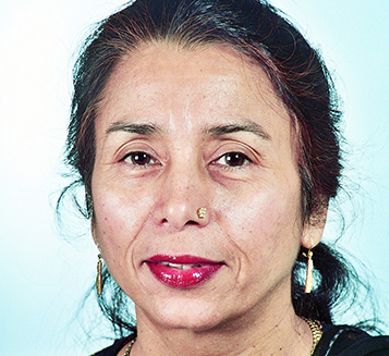An era of exceptionally fast population growth and migration in the Arab Gulf States may well be ending. Extremely fast population growth in the Gulf has been generated by two factors: rapid natural increase of national populations and unmatched rates of net migration in response to tens of millions of jobs. Sustained low oil prices now prompt States to downscale gigantic infrastructure schemes relying on mostly low-skilled migrant workforce and to manage a shift from labour-intensive to capital-intensive projects. High rates of unemployment and shrinking resources heighten the negative perceptions of foreign workers resulting in increased restrictions on their hiring as well as the imposition of taxes in several different forms. These changes pose several important questions for the future which the workshop will address.
3 DAYS / 12 Workshops
MORE THAN 300 ACADEMIC PAPERS
An era of exceptionally fast population growth and migration in the Arab Gulf States may
well be ending.
For the last five decades or more, migration and demographic trends in the Arab Gulf
States (Table 1) have been driven by oil and gas wealth. Between 1950 and 2015 these
states have had the world’s highest rates of overall demographic growth: their total
population multiplied by a factor ranging from 10 (Oman and Saudi Arabia) to 100 or
more (Bahrain and UAE), compared with a less than threefold increase of the world’s
population.
Extremely fast population growth in the Gulf is generated by two factors. First, rapid
natural increase of national populations, resulting from high (though declining) levels of
fertility and low death rates. The above demographic transition has been enabled by states
generously subsidizing their citizens’ families and health. The second factor consists of
unmatched rates of net migration in response to tens of millions of job opportunities
created by firms (e.g. construction) and households (domestic services). Specific patterns
of migration characterized by the predominance of mostly unaccompanied men and
specific legislations not granting migrants access to citizenship explain uniquely high sex
ratios and proportions of foreign citizens. Such a pattern is not indefinitely reproducible,
however.

